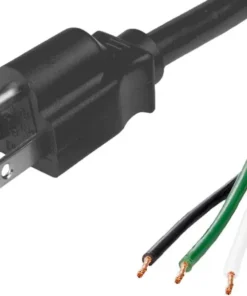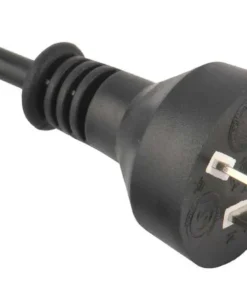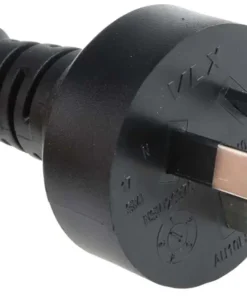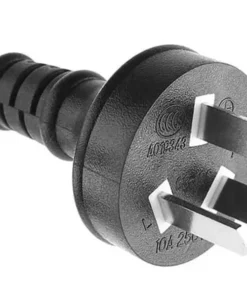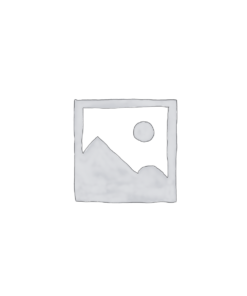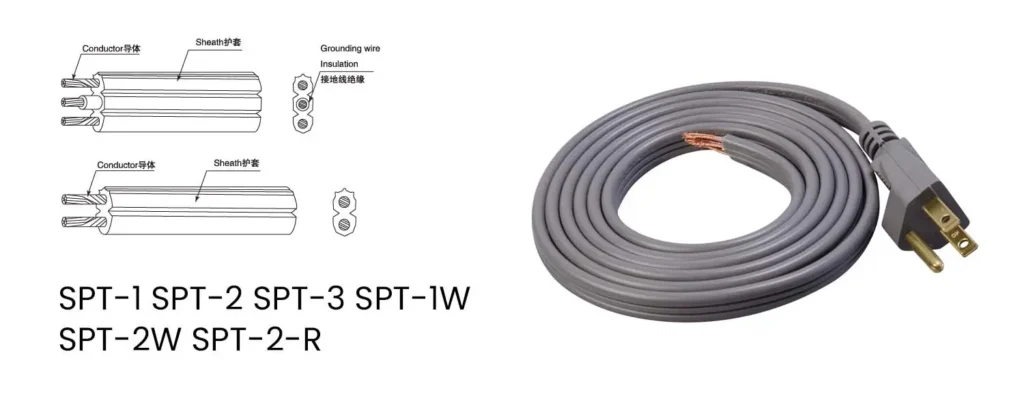SPT (Service Parallel Thermoplastic) cords. They are primarily used for low-power applications within dry environments, such as:
- Lamps and lighting fixtures
- Christmas lights
- Small appliances (fans, radios)
- Extension cords (limited to specific lengths)
Here’s a breakdown of their key differences:
| Code | Description |
|---|---|
| SPT-1 | Two parallel conductors with a thin thermoplastic insulation layer. |
| SPT-2 | Two parallel conductors with a medium thickness thermoplastic insulation layer. |
| SPT-3 | Two parallel conductors with a thick thermoplastic insulation layer. |
Thickness Differences:
- SPT-1: Thinnest insulation – suitable for very low-power applications like Christmas lights.
- SPT-2: Medium thickness insulation – a good balance for various low-power applications.
- SPT-3: Thickest insulation – offers increased protection for slightly higher power applications compared to SPT-1 and SPT-2.
Additional Variations:
- SPT-1W & SPT-2W: These variations have the same conductor size and insulation thickness as SPT-1 and SPT-2, respectively, but with a white outer jacket instead of the standard black or brown. This might be used for aesthetic purposes or to differentiate them from other cords.
- SPT-2-R: This code signifies an SPT-2 cord with a designated ground (green or bare) conductor in addition to the two power conductors. This type is rarely used in residential applications.
Important Notes:
- SPT cords are not rated for outdoor use and should never be exposed to moisture or sunlight.
- They have a low voltage rating (typically 300 volts) and are not suitable for high-power applications.
- Due to their limited capabilities, consult a qualified electrician before using SPT cords for extension cords exceeding recommended lengths or for applications with higher power requirements.
| Type | Specification | Conductor Construction No./ mm | Insulation thickness (mm) | Overall Diameter (mm) | Max conductor resistance at 20˚C (Ω/km) | ||
|---|---|---|---|---|---|---|---|
| No. Of core | AWG | Bare | Tinned | ||||
| SPT-1 | 2 | 18 | 41/0.160 | 0.76 | 2.8±0.2×5.6±0.2 | 22.4 | 23.6 |
| 3 | 18 | 41/0.160 | 0.76 | 2.8±0.2×8.0±0.2 | 22.4 | 23.6 | |
| SPT-2 | 2 | 8 | 41/0.160 | 1.14 | 3.5±0.2×7.0±0.2 | 22.4 | 23.6 |
| 16 | 65/0.160 | 1.14 | 3.8±0.2×7.4±0.2 | 14.1 | 14.9 | ||
| 3 | 18 | 41/0.160 | 1.14 | 3.5±0.2×9.0±0.2 | 22.4 | 23.6 | |
| 16 | 65/0.160 | 1.14 | 3.8±0.2×10.0±0.2 | 14.1 | 14.9 | ||
| 3 | 18 | 41/0.160 | 1.14 | 3.5±0.2×10.1±0.2 | 22.4 | 23.6 | |
| 16 | 65/0.160 | 1.14 | 3.8±0.2×11.1±0.2 | 14.1 | 14.9 | ||
| SPT-3 | 2 | 18 | 41/0.160 | 1.52 | 4.4±0.2×8.7±0.2 | 22.4 | 23.6 |
| 16 | 65/0.160 | 1.52 | 4.7±0.2×9.5±0.2 | 14.1 | 14.9 | ||
| 14 | 41/0.160 | 2.03 | 6.0±0.2×12.0±0.2 | 8.88 | 9.34 | ||
| 12 | 65/0.160 | 2.41 | 7.5±0.2×14±0.2 | 5.58 | 5.88 | ||
| 3 | 18 | 41/0.160 | 1.52 | 4.4±0.2×10.8±0.2 | 22.4 | 23.6 | |
| 16 | 65/0.160 | 1.52 | 4.7±0.2×12.0±0.2 | 14.1 | 14.9 | ||
| 14 | 41/0.254 | 2.03 | 6.0±0.2×14.5±0.2 | 8.88 | 9.34 | ||
| 12 | 65/0.254 | 2.41 | 7.5±0.2×16.0±0.2 | 5.58 | 5.88 | ||
| 10 | 104/0.254 | 2.79 | 8.8±0.2×18.2±0.2 | 3.51 | 3.70 | ||
